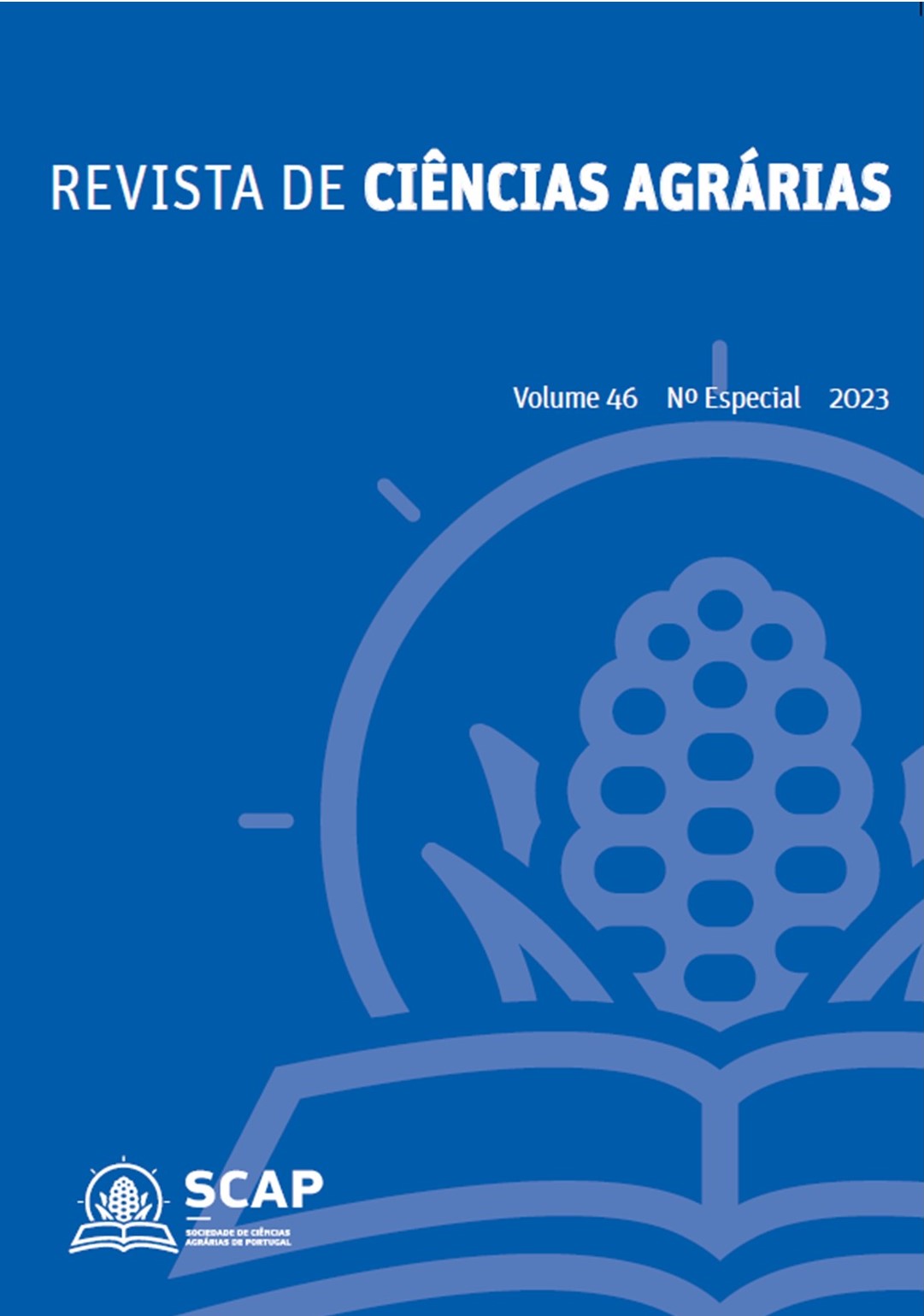Harvest residue decomposition in forest plantations, nutrient release dynamics and soil fertility
DOI:
https://doi.org/10.19084/rca.33402Abstract
Harvest residues are of great importance to sustain soil fertility, enhance organic carbon sequestration, and assure productive sustainability of forest plantations. In the Mediterranean region (e.g., Portugal), harvest residues are considered a potential risk of forest fires, and legislation take into account their management in order to minimize load fuel risk. In this context, in a representative forest area of Portugal, we evaluated how harvest residue management options (removal, incorporation into the soil or maintenance on the soil surface) affect the removal of nutrients, their decomposition, soil nutrient availability, and tree growth. Specifically, in the present study, we assess how decomposition rate, nutrient release dynamics and, obviously, tree growth, is influenced by the harvest residue incorporation into the soil as compared to their maintenance on the soil surface. The litterbag technique was used to simulate for two years the decomposition of foliage (leafs plus bark), twigs and branches. Current study revealed that forest harvest residues contain large amounts of nutrients and organic carbon and that, at short-term, incorporated residues into the soil decomposed faster and released higher amounts of Ca, Mg and K – improve soil fertility -, but had negligible effect on nitrogen and phosphorous, and no significant effect on tree growth.


